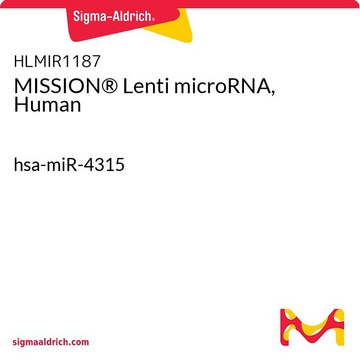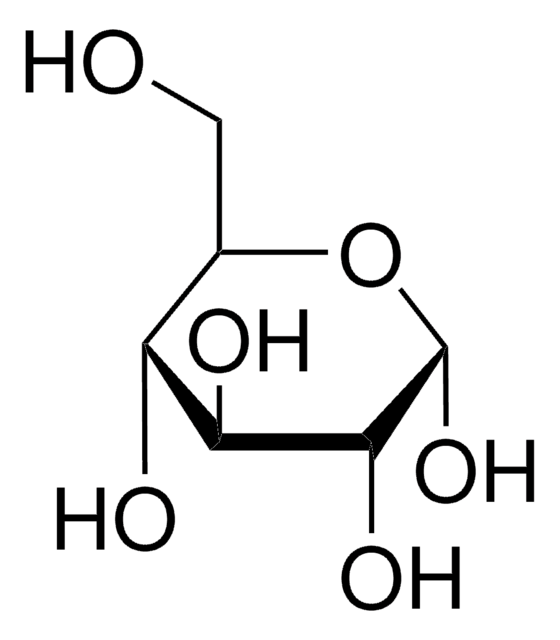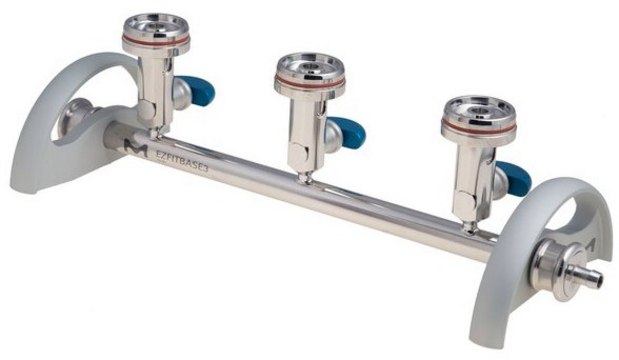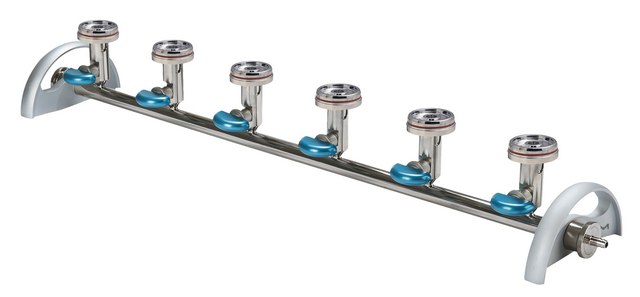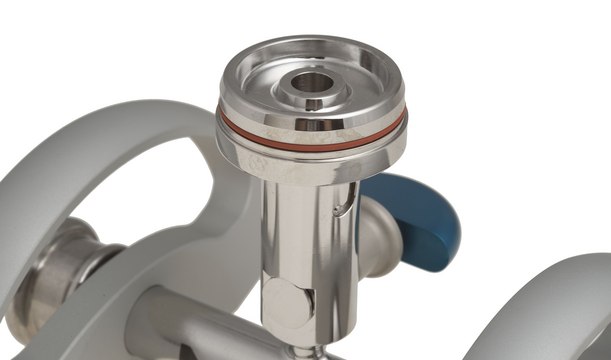P5379
Potassium phosphate monobasic
ReagentPlus®
Synonym(s):
Monopotassium phosphate, Potassium dihydrogen phosphate, prim.-Potassium phosphate
About This Item
Recommended Products
Quality Level
product line
ReagentPlus®
Assay
≥99.0%
form
powder or crystals
pKa (25 °C)
(1) 2.15, (2) 6.82, (3) 12.38 (phosphoric acid)
mp
252.6 °C (lit.)
solubility
water: 100 mg/mL, clear, colorless
density
2.338 g/mL at 25 °C (lit.)
SMILES string
[K+].OP(O)([O-])=O
InChI
1S/K.H3O4P/c;1-5(2,3)4/h;(H3,1,2,3,4)/q+1;/p-1
Looking for similar products? Visit Product Comparison Guide
Related Categories
1 of 4
This Item | EZFITSAM3 | EZFITSAM6 | EZFITMHTA3 |
|---|---|---|---|
| application(s) pharmaceutical | application(s) bioburden testing | application(s) pharmaceutical | application(s) - |
| packaging pkg of 1 unit | packaging pkg of 1 unit | packaging pkg of 1 unit | packaging pkg of 3 unit |
| material 316L stainless steel | material stainless steel | material 316L stainless steel | material 316L stainless steel |
| sterilization compatibility autoclavable compatible | sterilization compatibility autoclavable compatible | sterilization compatibility autoclavable compatible | sterilization compatibility autoclavable compatible |
| manufacturer/tradename EZ-Fit® | manufacturer/tradename EZ-Fit® | manufacturer/tradename EZ-Fit® | manufacturer/tradename EZ-Fit® |
Application
Legal Information
Storage Class Code
13 - Non Combustible Solids
WGK
WGK 1
Flash Point(F)
Not applicable
Flash Point(C)
Not applicable
Personal Protective Equipment
Choose from one of the most recent versions:
Certificates of Analysis (COA)
Don't see the Right Version?
If you require a particular version, you can look up a specific certificate by the Lot or Batch number.
Already Own This Product?
Find documentation for the products that you have recently purchased in the Document Library.
Articles
Cathepsin B is a lysosomal cysteine proteinase with broad specificity. This protocol uses Nα–CBZ–Arg–Arg–7–amido–4–methylcoumarin as the substrate for fluorometric detection of Cathepsin B activity.
Protocols
Laccase, a biocatalyst, oxidizes aromatic compounds with molecular oxygen reduction, making it useful in various applications.
Enzymatic Assay of Fumarase
Derived from procedure SSPHYT02. Includes template updates to current SOP specifications and incorporation of notes into the procedure.
Enzymatic Assay of Plasmin with D-Val-Leu-Lys-p-Nitroanilide Dihydrochloride
Our team of scientists has experience in all areas of research including Life Science, Material Science, Chemical Synthesis, Chromatography, Analytical and many others.
Contact Technical Service


